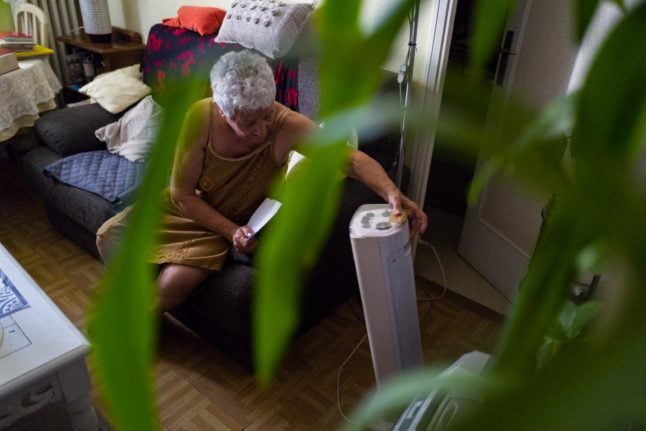A sniffer dog from Spain’s Military Emergencies Unit located the body some 50 metres (165 feet) from the Vallehermoso stream near the town of Valmojado in the central province of Toledo, said Guardia Civil police force spokeswoman Antonia Requena.
“It was hidden in undergrowth and mud,” she told reporters at the scene.
The body still needs to be identified but the authorities believe it is of a woman in her 50s who had been missing in the same area since severe rainstorms hit central Spain at the weekend, turning streets into raging torrents and washing away roads and bridges. Her car was found on Monday in poor shape.
Rescuers had already found the bodies of three men on Monday in the central province of Toledo.
Al final no pudo ser, y los servicios de emergencias hallamos los cadáveres de los desaparecidos en Aldea del Fresno y Villamanta.
D.E.P. pic.twitter.com/2MneRHuhvy— Guardia Civil (@guardiacivil) September 8, 2023
And on Friday they located the remains of two men who were missing near the town of Aldea del Fresno where the Alberche River overflowed on Sunday.
Among them was a 47-year-old man whose car was dragged into the river.
Emergency services rescued his wife and daughter on Sunday night while his 10-year-old son was found alive the following morning after spending the night perched in a tree above the floodwaters.
The weekend storm, which swept across the whole country, disrupted travel for tens of thousands of people on the final weekend before the start of the new school year.
The high-speed rail links between the Spanish capital and the southwestern region of Andalusia and the east coast region of Valencia was one main travel forced to close, as were several Madrid metro stations.
Scientists warn that extreme weather such as heatwaves and storms is becoming more intense because of climate change.



 Please whitelist us to continue reading.
Please whitelist us to continue reading.
Member comments